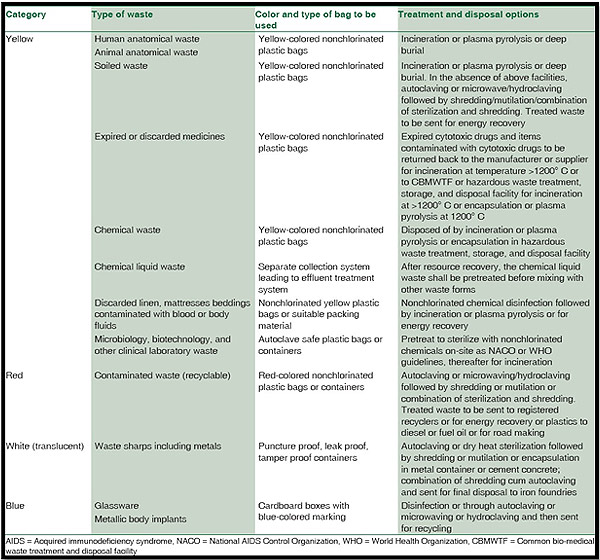Reclaim Waste Fundamentals Explained
Table of ContentsThe Main Principles Of Reclaim Waste Indicators on Reclaim Waste You Should KnowThe Ultimate Guide To Reclaim WasteGetting My Reclaim Waste To WorkThe Basic Principles Of Reclaim Waste
Discover the kinds, events, and types of liquid waste. Residential sewage waste describes the waste and products from a household septic tank. This kind of waste is created by human beings in homes, schools, and other structures. This only includes sewage-disposal tanks that have a drainpipe area. The correct administration and disposal of domestic sewer waste require liquid waste to be transferred to a sewer therapy plant where the appropriate approaches and equipment are related to cleanse and get rid of waste.
Industrial waste typically consists of possible dangers, such as combustible materials or a combination of liquid and solid waste products, and requires an advanced and thorough disposal process. The disposal of industrial waste commonly entails the filtering of waste prior to transport to make sure secure and appropriate disposal. Industrial waste is developed from results and drainage of commercial procedures and manufacturing.
This kind of waste can not make use of the same sewage administration transport or processes as septic or industrial fluids. The industrial waste monitoring procedure needs the assessment and testing of fluid waste prior to it undergoes the disposal procedure (liquid waste disposal melbourne). Runoff waste is the liquid waste that originates from overflow and excess stormwater in highly populated locations or cities
Drainage waste can create contamination and flooding if not handled appropriately. Guaranteeing appropriate waste management can protect against disasters and decrease environmental injury.
The Reclaim Waste Diaries
Get in touch with PROS Services today to discover our waste administration and disposal services and the proper methods to care for the fluid waste you generate.
(https://justpaste.it/fauht)This supposed 'wastewater' is not just an essential resource however, after treatment, will be released to our land, rivers or the sea. Utilized water from toilets, showers, baths, kitchen area sinks, laundries and commercial processes is recognized as wastewater.

water made use of to cool down machinery or tidy plant and devices). Stormwater, a form of wastewater, is drainage that streams from agricultural and city areas such as roofings, parks, yards, roads, paths and seamless gutters into stormwater drains pipes, after rain. Stormwater flows unattended directly to local creeks or rivers, eventually getting to the sea.
Some Known Details About Reclaim Waste
In Queensland, the majority of wastewater is treated at sewer treatment plants. Wastewater is moved from residential or industrial sites with a system of sewage systems and pump stations, understood as sewerage reticulation, to a sewage therapy plant.
The Division of Natural Resources suggests city governments about managing, operating and preserving sewerage systems and therapy plants. In unsewered areas, neighborhood federal governments might need householders to mount private or family sewer therapy systems to deal with residential wastewater from commodes, kitchens, restrooms and laundries. The Division of Natural Resources authorises using home systems when they are confirmed to be effective.
A lot of stormwater receives no treatment. In some new neighborhoods, therapy of some stormwater to get rid of trash, sand and gravel has begun making use of gross toxin traps. Wastewater therapy takes place in four stages: Removes strong matter. Larger solids, such as plastics and other items wrongly released to sewage systems, are gotten rid of when wastewater is travelled through screens.
Wastewater then moves into large storage tanks where solids resolve and are gotten rid More hints of as sludge. Oil and residue are skimmed from the surface. Uses little living organisms called micro-organisms to break down and get rid of remaining liquified wastes and great bits. Micro-organisms and wastes are integrated in the sludge. Removes nitrogen and phosphorus nutrients that could trigger algal blooms in our rivers and endanger aquatic life.
The 3-Minute Rule for Reclaim Waste
Nutrient elimination is not offered in any way sewage therapy plants due to the fact that it needs costly specialist equipment. It is coming to be extra common in Queensland. Clear liquid effluent produced after treatment may still consist of disease-causing micro-organisms. If this effluent is launched into waterways such as rivers or the sea, the micro-organisms will at some point die out.

Many wastewater flows right into the sewage system. Under the Act, local governments provide approvals and permits for ecologically relevant activities (Periods) entailing wastewater releases that may have a neighborhood influence.
Facts About Reclaim Waste Revealed
Monitoring offers accurate info about water high quality and can verify that permit conditions are being met. The info gotten with monitoring supplies the basis for making water high quality decisions.